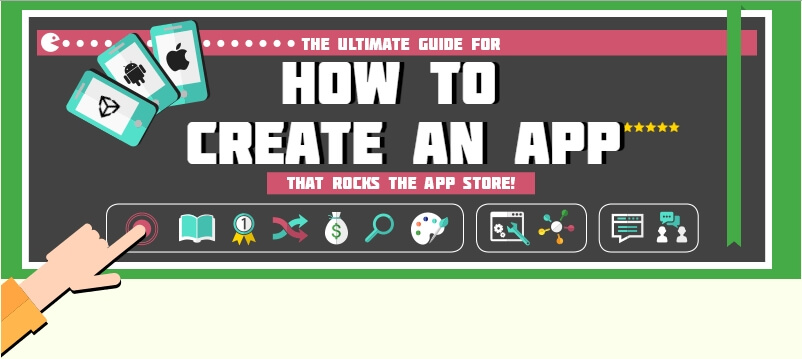

How to
Create an App


How to
Create an App
There are various ways to approach the development of your app. Determining which path you go down will depend on your budget, technical know-how, timescale, and the details of your app idea.
You can either:
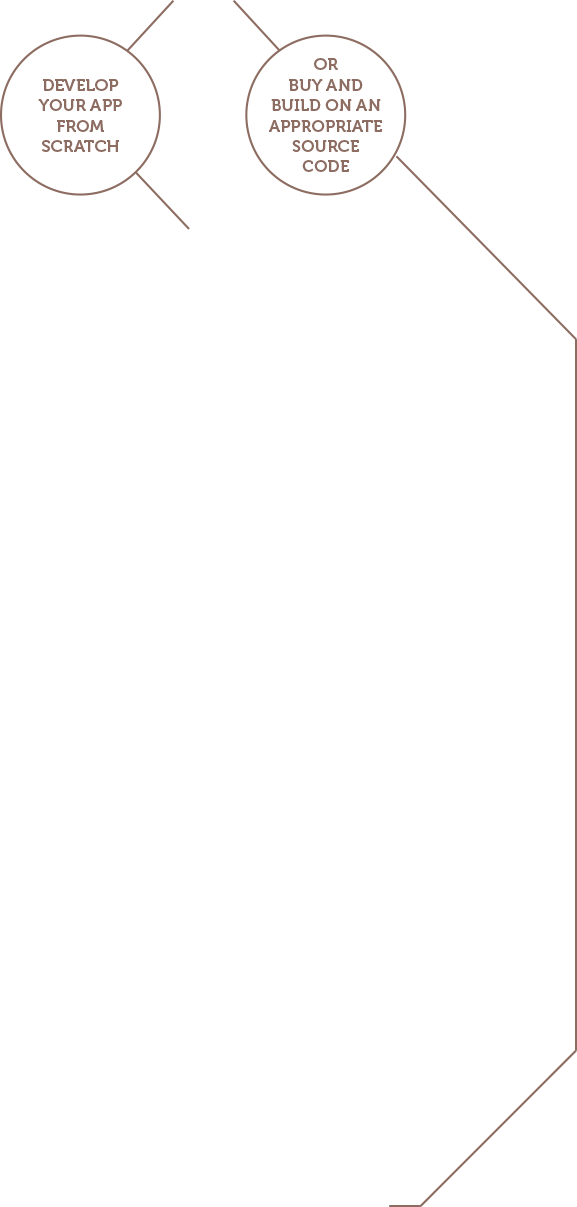
Developing from
scratch
has a two key benefits:
– your app will not be constrained by the limitations of previous code; you have complete autonomy and so have the potential to create something truly innovative.
– you will own intellectual property rights to your app, including your code.
However, there
are some
substantial drawbacks, too:
– building something from scratch is difficult…really difficult; it’s exhausting being responsible for every single aspect of your app (from design and usability, to fixing bugs and making necessary changes.)
– developing from the very bottom up can be costly, especially if you need to hire a developer to help you; and, even if you don’t, the amount of time you will have to invest in the development process needs to be factored into your costs (time is money!)
– because developing from scratch requires more time and (often) more money, you suffer a huge loss if your app fails.
The cons of developing from scratch often outweigh the pros, especially if you’re new to app
development. We strongly recommend that if you do not have experience in developing source code then
you should not try to do so with your first app.
Therefore, the rest of this chapter will focus
on buying source code.
Choosing to buy and
build on existing source code
presents three key advantages:
– because it provides you with a solid foundation, using existing source code is likely to be the quickest way to get your app finished and ready to distribute.
– so long as the source code is of a high quality, you shouldn’t have to deal with deep problems such as bugs and errors; these will already have emerged and been resolved before you’ve even entered the scene.
– using existing source code will save you money; the code is ready to go, and developers can save time by looking at existing apps that use the same code to get ideas and see how it works in practice.
Buying source code and developing source code has proven to be a sustainable business model, and plenty of people have managed to turn this type of app development into an enjoyable full-time occupation. And this is exactly what Justin Malik recognised when he left his cubicle:
Since buying and building on existing source code is the best way to turn an app around quickly, not to mention the most cost-effective way to develop an app, app creators are able to repeat the process more easily than if they were developing code themselves.
This does not mean that reskinning dozens of apps in a short amount of time is the best way to achieve success – on the contrary, this practice is not effective these days. But investing all of your time and effort into one code that does not achieve success may lead to complete failure or a huge gap between projects. However, we should always learn from other people’s mistakes, as Derek Clark highlights for us here:
Buying source code spreads risk, allows for sandboxed learning, and saves time and money. And this means
that, whatever the outcome of your first project, you shouldn’t need to wait months or years before
commencing the next one.
If you don’t achieve quite the results you expected the first time round, you will be able to have
another go without bankrupting yourself and losing months or years of hard work in the process. Or, as
Chris Warren states:
On the other hand, if you get it right first time, there’s no reason why you can’t repeat and better your
initial success.
App creators are, in truth, unlikely to experience massive success with their first app. And so being
able to put yourself in a position where the failure of one project does not mean the failure of the
entire enterprise is often the most sensible approach. Reskinning is a great place to get started in the
world of app development.
There are hundreds of websites selling source code. What you need to do is find a site and a code that suits
your purposes.
For example, imagine that you want to create an app that allows users to play bingo. The source code you
need must contain all of the features needed for a successful, fully-functioning bingo game.
This would, at a minimum, include:
The more features the source code contains, the less time it will take to reskin the app. It’s
possible to add modifications – for example, pay-to-play functions and prize allocating functions – but
app creators should look for source code that contains the main features of the app they want to create.
So, before making a purchase, ask yourself: do the main
features of the code match the main features of the app I want to create.
Indeed, you can do exactly that by buying the source code from Mega Casino Bingo Game from
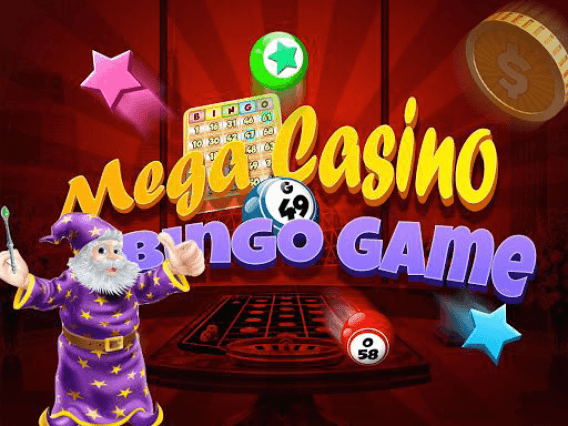
Once you’ve found code that you believe matches your criteria, you need to know whether you’re dealing with a legitimate store before purchasing it. Here are our five tips for checking the authenticity of a source code seller.
You should only buy source code from a site that is SSL secured. You can check whether it is by looking next to the site’s URL. If there is a HTTPS with a green lock symbol showing, then it is secured. If not, the site may be risky.
Read the site’s terms and conditions or information pages in order to see how the site guarantees the quality of the code they sell. Are codes moderated or are they automatically approved. For example, at sellmyapp.com we have a moderation team that runs all submitted codes before they make it on to the site. Codes are checked for malicious components and general quality.
A reputable marketplace will, in their terms and conditions, offer to protect you should the code not work as described, or if the author of the code fails to provide support (such as for bugs and errors in the code provided).
If you encounter difficulties or errors, you need to be able to contact the marketplace (or the creator of the code) in order to get support quickly and efficiently. We allow customers to talk directly to developers and we also monitor all conversations between them, offering additional support where necessary. This means we ensure that there is a smooth process in place for support and the purchasing experience, which will help you meet your deadlines and achieve your milestones on time.
If you’re in a rush to get your app launched, you may want to use a site that offers additional programming and reskinning services. We have a team of experienced professionals who are able to help with the technical side of reskinning your app. So, if you’re a beginner, you can rest assured that you will have our support even if you have no experience in coding.
In the previous chapters we’ve warned against purely cloning an already successful app. You can,
of course, borrow heavily from a successful app, but be sure to make your graphics even better, improve
sound, and give the game a completely new feel.
If somebody else has already had a crack at something very similar to your idea, and done it badly, you
may, like 2048, be able to
create something that trumps theirs (in the case of 2048, 1024 was
available first!) – being
first doesn’t always mean being best.
Still, it’s better not to simply attempt to purely clone another app. The most popular apps are cloned
over and over again, so entering a clone market often means facing stiff competition.
On the other hand, if you take another app as your template, and aim to improve or change it, there’s
plenty of opportunity to be innovative and reinvent your biggest hits.
Super Mario is one of the world’s most popular games. So it’s no surprise that a large number of clones are available on the app store.
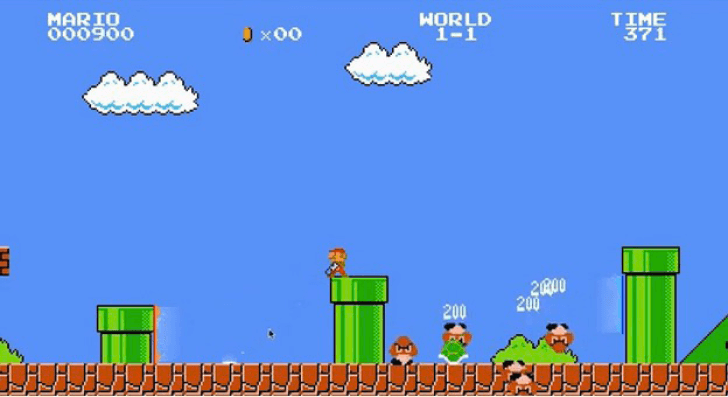
The original Super Mario
Image
credit source: http://www.bitrebels.com/entertainment/super-mario-portal-the-real-gameplay-video/
Monino appeared on the App Store in 2011. The game was
heavily criticised for ripping off the original Super Mario so shamelessly, whilst failing to
capture the essence of the original’s gameplay. The music, feel, look, and – well, pretty much
everything, were simply poor renditions of the original game.
The game disappeared quickly without leaving much of a trace, except angering some loyal Nintendo fans.
But another Super Mario-inspired game received a much warmer welcome. Ultra Dario World created a new character – Dario – who closely mirrors the original Mario in a self-conscious and humorous way. The game’s graphics borrow heavily from Super Mario but, again, in a comical way, using rougher graphics and uglier enemies. The game was well received, and is a good example of how emulation is better than pure cloning.
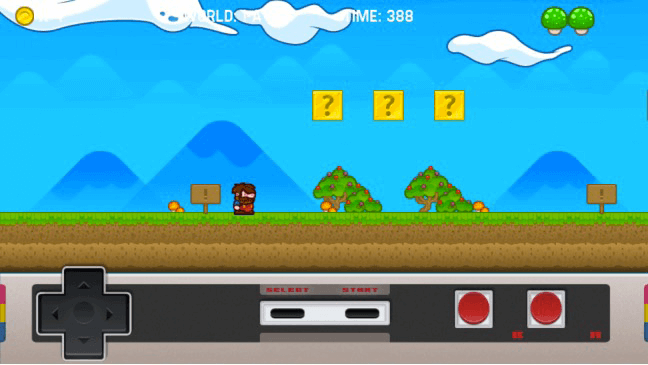
Super Dario gameplay
Image credit
source: http://www.droid-life.com/2012/11/27/ultra-dario-world-for-android-a-mario-ripoff-that-isnt-half-bad/
Unless you’re a developer or are experienced to some degree in coding, you may see source code as something scary…something incredibly complicated. This couldn’t be further from the truth! Source codes are fantastic templates that you can tailor and adapt to your needs. Buying them drastically cuts down your go-to-market timeframe, eliminates some of the stressful and time-consuming bugs and errors, and is an incredibly cost effective way to start.
Be sure to apply your learnings from your research and competitive analysis, and stay focussed on reskinning one app (or maybe two apps, if you have experience and time) at a time. This also means you must ensure that, from the literally hundreds of websites selling source code, you choose a site and code that is most closely aligned to your app idea.